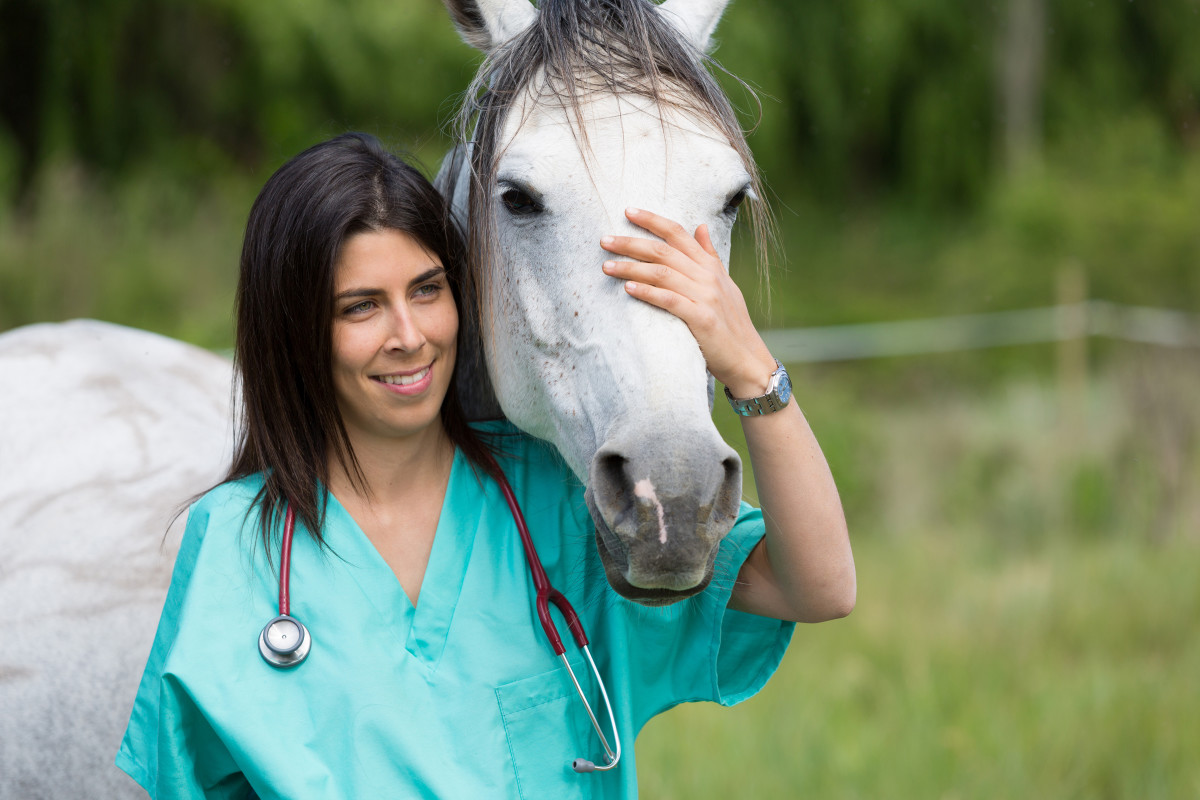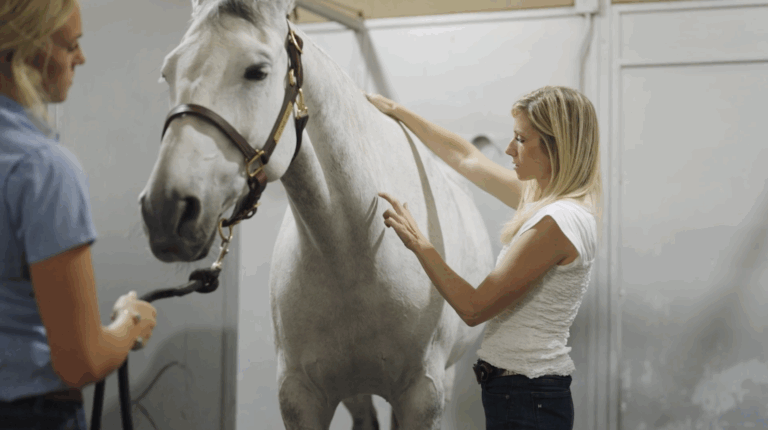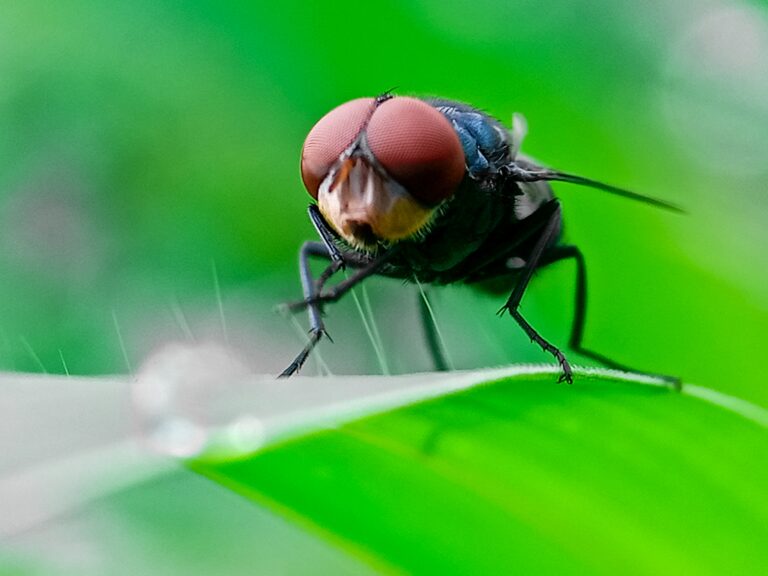
An outbreak of strangles on a farm results in a quarantine to protect against spread to other horses at clinics and events. This is intrusive to competition plans, and also is costly. While good biosecurity practices help contain disease, it is still possible for bacteria such as Streptococcus equi spp. to move from stable to stable through indirect transmission. Previous studies have noted that S. equi bacteria might persist on polyester halters despite washing, for example.
A recent Swedish study examined this potential transmission with clothing [Frosth, S.; Pringle, J.; Sternberg-Lewering, S. Potential Transmission of Bacteria, Including Streptococcus equi spp., Between Stables via Visitors’ Clothes. Journal of Equine Veterinary Science 2018, no. 71; pp. 71-74].
Different fabrics might affect the likelihood that they can serve as a potential fomite for transmitting S. equi. The textile materials evaluated included a) a soft shell of polyester and elastane with an inner fleece as commonly found in jackets, and b) 100% cotton such as found in t-shirts. All materials were washed four times at 104 degrees Fahrenheit, and a final wash was done at 140 degrees Fahrenheit to eliminate remaining bacterial growth after the four lower temperature washings. Each material was cut into 132 pieces of 3×4-inch size, which were then contaminated with S. equi. Bacterial survival longevity was assessed.
The results are noteworthy:
- Bacterial survival lasted longer on cotton than on the polyester/elastane, possibly because the jacket material is less adhesive to bacteria.
- All S. equi strains survived at least 24 hours on both fabrics.
In addition, to test the extent of bacterial contamination during horse handling, 27 visitors to 21 stables were equipped with sterile cotton tubular retention bandages to wear on both sleeves while handling horses for 15-30 minutes. Five people served as controls, including two with unused bandages, one with bandages put on the jacket and immediately removed, and two persons wearing the sleeve bandages while visiting a pet shop, but not contacting the animals. This ensured that bacteria acquired on the bandages came from the environment and not the jacket. Back at the lab, each bandage was analyzed for S. equi zooepidemicus bacteria. (S. equi subsp. zooepidemicus might serve as a “surrogate marker” reflective of the ease of fomite transmission since none of the 21 stables visited had active S. equi subsp. equi cases.)
Of the 27 visitors to horse stables, 13 were positive for S. zooepidemicus; all of the controls were negative. The study noted, “People’s sleeves are easily contaminated by substantial amounts of bacteria when handling horses.” The length of S. equi survival means that there are numerous opportunities for transmission between different stables if a person moves between locations and other horses contact the clothing. This is of significance to equine professionals such as veterinarians, farriers and equine therapists who regularly visit multiple farms during the course of a day.
To improve biosecurity measures, the study authors recommended changing clothing between visits to different stables and/or wearing a different jacket for each farm along with implementing diligent hand washing protocols and other biosecurity measures.







